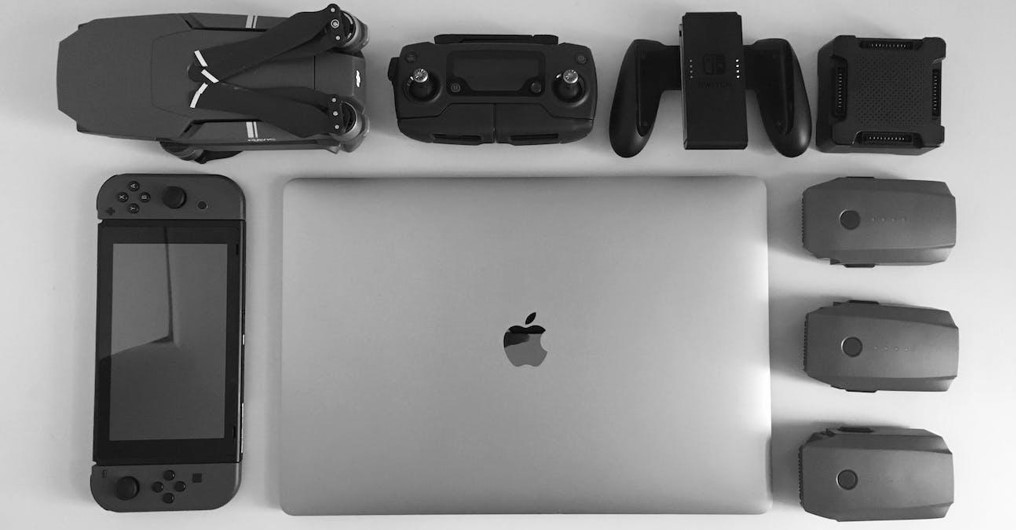

Key takeaways:
Buying new tech products to improve your comfort or productivity is usually an exciting experience, especially when it’s your first time or you are upgrading your devices. Whether you are getting a new smartphone, computer, or smart home device, you don’t have to experience a stretched budget or painful wallet to buy what you want. Of course, your credit ratings can significantly impact your capacity to splurge on new tech devices, so you have various options to consider.
The first thing to know about your intended purchase is the category it falls into. Liability or asset. For this guide, a liability is any tech purchase that, over time, returns little to no value while incurring increased expenses. An asset is any tech purchase that helps you save time and money or enjoy some form of comfort.
Next, you need to determine if your credit score qualifies for a credit card and other loans that can help you pay off your tech purchases comfortably (or with some discomfort if you’re honest). A good credit score makes it easier to buy new devices on a financing plan, but even bad credit scores may just be enough to get your purchase done. Knowing how your new device will impact your finances, life, and career will help you determine whether or not you should go ahead with the purchase.
Credit cards are truly liberating with the right application; you can improve your credit scores when you purchase new tech devices through your credit card provider and pay back on time and in full. Higher credit scores may also qualify you to make higher-value purchases at lower rates.
There’s also the benefit of enjoying cashback and reward programs from your credit provider, which could further reduce the net amount spent on your new device. Although this option isn’t always available to everyone, there’s always a chance you can enjoy it as a customer.
Finally, some credit card companies provide extended warranties, which potentially increase the protection of your devices and turn them into assets of some sort. You should check how to choose a credit card provider to get the best deals.
Credit cards and buy now pay later (BNPL) programs are similar in the sense that they provide loans that you can pay back over a fixed period. But while credit cards allow you to spend on your new device and other items up to a limit, BNPL is mostly per purchase. A BNPL program allows you to buy your device, paying cash provided by the loan company while you pay back the loan in fixed sums.
Generally, the implications of the two options on your credit score are as clear as daylight and come with no complexities. Making tech purchases with credit cards comes with a lot of flexibility.
This flexibility allows you to carry your balance and pay it off over time. That’s not all; you also enjoy the perks of an increased credit limit that allows you to make larger tech purchases. On the other hand, the buy now, pay later (BNPL) option has a fixed payment plan that is split into four installments.
The Buy Now, Pay Later (BNPL) installment payment is spread across various cycles that range from monthly payments to twice a month, or every three months, depending on your agreement with the lender. The problem with this style of payment is that you have less opportunity to demonstrate long-term credit management, hence negatively impacting your credit score. To sum up, it is clear that making tech purchases with a credit card holds an advantage over the buy now, pay later option.
In addition to building your credit score, using your credit card for tech purchases offers various benefits. You can take advantage of the welcome bonuses on offer as a new cardholder while at the same time enjoying the plethora of reward programs that allow you to save a few pounds on your tech purchases.
Another benefit of making tech purchases with credit cards is the extended warranties that some card providers are offering. This can serve as a form of security for your tech purchases in case they break down after the manufacturer’s warranties have expired. The extended warranty option is mostly applicable to expensive gadgets like laptops and smartphones.
However, it is important to be wary of falling into a pit of impulse purchases or the rat race of accrued interest charges while using your credit card for tech purchases. Ensure you stick with your budget and pay your balance in full each month.
Your credit score impacts your access to financing options. When buying your tech devices, you may need to take loans in the form of credit cards. Make sure you fully understand whatever decision you take.
This website uses cookies.